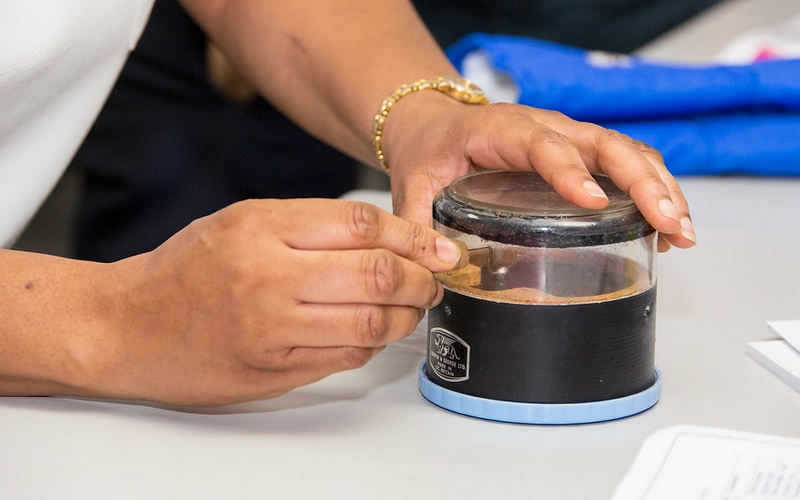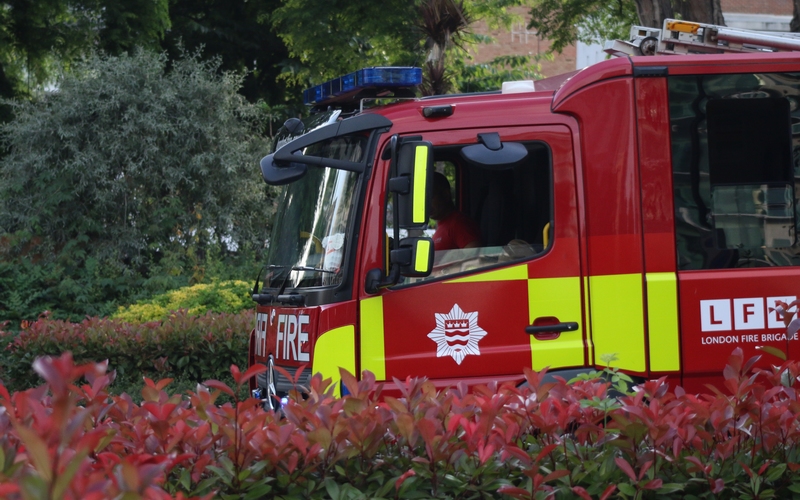Local safety induction checklist for managers
Emergency procedures - to be completed Day 1
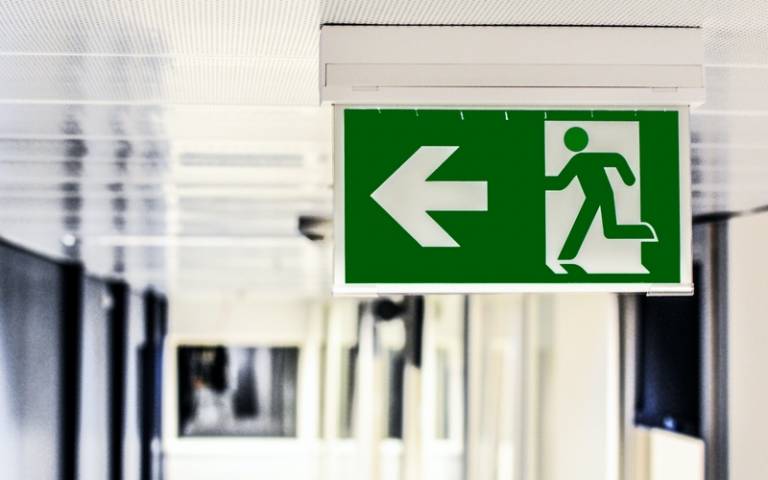
Everybody should be aware of the emergency procedures for the building they are working in. You should ensure any new members of staff have information on emergency procedures on their first day in the building.
- Show the new member of staff the fire evacuation exits and fire evacuation route and any alternative routes
- Point out the location of the fire extinguishers and the fire alarm call points
- If your department has specialist fire extinguishers, indicate which can be used with different equipment and types of fire
- Let them know the day and time of the weekly fire alarm test
- Explain the non-use of lifts in a fire
- Ask them if they would have any difficulties in responding to an emergency evacuation - complete a PEEP if the answer is "yes"
- Show them the first aid facilities such as the first aid kit and first aid room (if there is one) as well as where they can find the names of departmental first aiders and mental health first aiders
- Outline any alarm systems in the building, including the fire alarm system, but also any other alarms which are used e.g. O2/CO2, personal security etc
- Explain that in an emergency they should call UCL Security who can direct the Emergency Services to the correct location and ensure access routes are clear
- UCL Security: +44 (0)20 7679 2222 or UCL ext. 222 from any UCL phone
- If the new member of staff is working remotely at the start of their employment, this information should be provided to them on the first day they attend campus
Management arrangements for safety

The local safety induction should provide information of the arrangements to manage safety within the Faculty and Department. This ensures they are aware of expectations and processes beyond their specific role.
- Inform them of departmental safety roles such as the Departmental Safety Officer, Laser Safety Officer, Radiation Protection Supervisor, GM Safety Officer, Fire Evacuation Marshal, First Aider etc
- Outline the arrangements for safety management in the faculty and department e.g. safety committees etc
Reporting incidents and accidents

Taking accidents and incidents seriously saves time and potentially lives. Through review and suitable investigation, lessons can be learned allowing UCL to improve arrangements for the management of risk across the university.
- Show them the process for reporting an incident or accident using riskNET
- Explain that reporting incidents, whether accidents or other safety concerns, means that they can be assessed and actions taken to prevent future damage or injury to others
- Incident reports will not trigger a maintenance request for action and repair. Explain that maintenance requests should be made to the Estates Customer Helpdesk
Risk assessment

Risk assessments are fundamental to providing a safe work environment. No activity should take place without an authorised risk assessment. New members of staff must understand any risk assessments relating to their work.
- Give information on hazards specific to their role, activity and environment and explain the risk will be controlled
- Show them relevant risk assessments and how to access them
- If applicable, explain the requirements for assessment of exposure to substances hazardous to health (COSHH regulations)
- Ask them to complete a Display Screen Assessment for the workstation in riskNET within their first week
- Any specific arrangements for handling or moving objects and materials
Hazardous substances
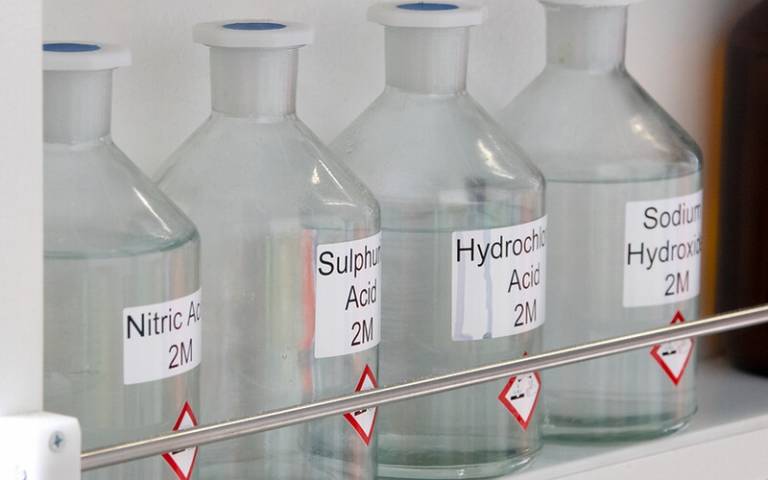
If your department uses hazardous substances, explain the following:
- Safe handling and storage methods for corrosive liquids
- Safe handling and storage methods for compressed gases, including asphyxiants
- Safe handling and storage methods for cryogenic substances
- Safe handling and storage methods for flammable solvents
- Hazardous waste disposal system
- Action to take in the event of spillages
Equipment
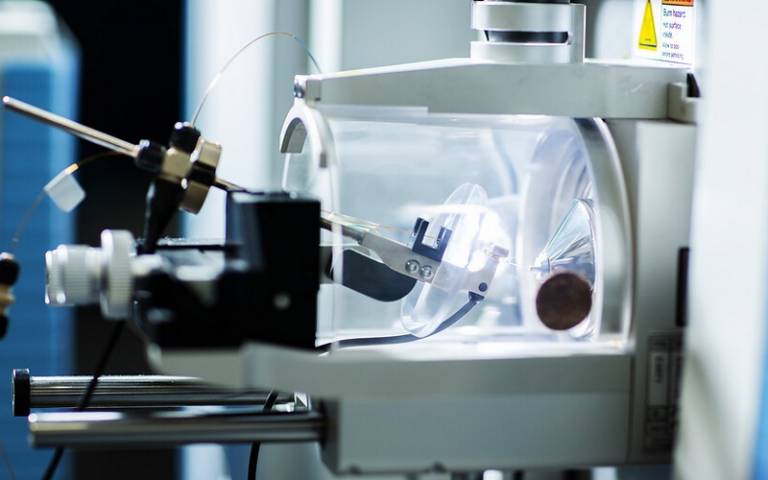
Local safety inductions should identify any equipment that will be used by the member of staff. Staff should be given information on how to use equipment safely as well as any information on how to ensure the equipment is safe for use.
General
- Explain how to carry out a visual check before using any equipment
- Describe any hazards relevant to the equipment
- Instruct them how to use the equipment safely (safe operating systems) including emergency controls and guarding
- Arrangements for equipment left running overnight including any permit systems
- How to check that a piece of electrical equipment has an up-to-date inspection
- What action they should take if there are faults - report to the Estates Customer Helpdesk or other departmental contacts
Other equipment
- Precaution that should be taken when using gas cylinders
- Use of regulators for gas cylinders and restrictions on interchangeability
- Use of lasers including particular precautions for Class 3b and 4 lasers
- Training and use of breathing apparatus
Work environment
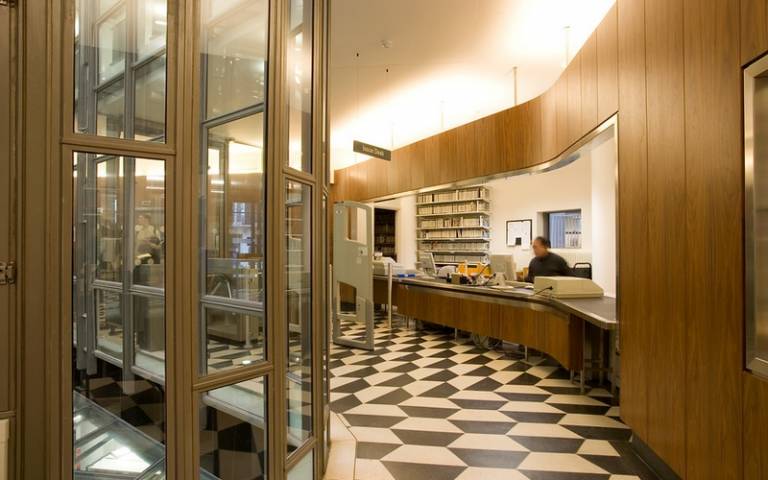
The local safety induction should cover any arrangements for safety in the work environment to ensure new members of staff are aware of any controls which may affect them.
- Explain any departmental security and access arrangements for the building(s) in which they work
- Inform them of any areas with specific entry requirements and how to gain permission e.g. radiation areas, CL3 labs, server rooms etc
- Let them know about departmental lone working arrangements or for working out-of-hours
- Show them the departmental waste and rubbish disposal systems, including recycling and hazardous waste
- Ensure they have relevant Personal Protective Equipment and instruct them in its correct use and storage
Next steps

There may be other resources or information that the new member of staff requires for their role or for reference in the future. The local safety induction may identify other areas that they can access further information.
- Signpost resources - we have included some helpful resources below
- Specific inductions may be required based on the individual's role e.g. radiation, CL3 labs
- Remind the new member of staff to complete the Local Induction Checklist
- You will need to confirm that the new member of staff has completed the Local Safety Induction on their first Probation Report
- Arrange and support safety training where required
> Full range of safety training courses on our website
Download a copy of this checklist →
 Close
Close



